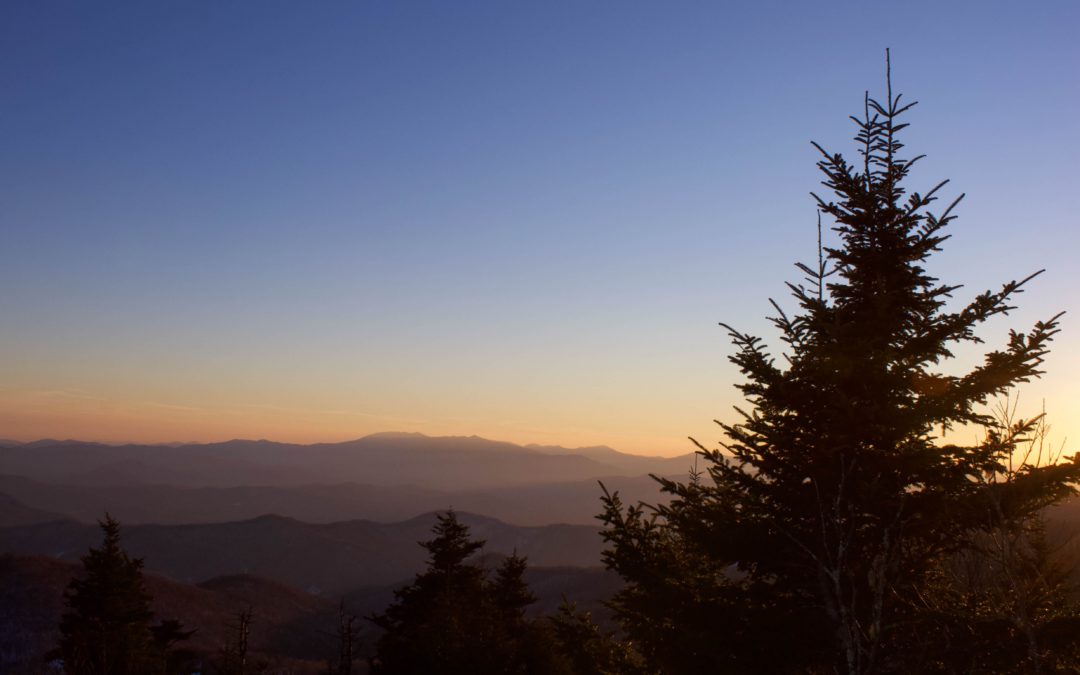What is the weather forecast for tomorrow? We would all like to have a clear and reliable answer to this question to facilitate our organization. And thus prepare ourselves mentally for our hike because sunbathing under the sun with a protection of course or walking wrapped up in a jacket is not the same thing.
This type of question often preoccupies you until the day of your trip and stirs up discussions. Because many other questions arise from it. You are concerned about the weather because you want to know what kind of weather to expect, what risks you might encounter or what clothes to wear.
Hiking or trekking is a great way to spend time outdoors and enjoy nature. It can be practiced as a pure leisure from time to time during your holidays for example or as a real passion on a daily basis. There is no age limit to discover this practice. The mountain is a perfect playground for trekking. You will be able to move through the different landscapes to discover lakes and forests. Along the paths you can climb passes and the most daring can climb the most vertiginous summits.
Whatever your case, it is important to be prepared for the different types of weather conditions you may encounter while hiking.
In this blog post, we will give you some tips on how to deal with the weather while hiking or trekking in the Alps with a guide or on your own and how to anticipate the weather changes you may face at altitude.
Weather on a hike: being well prepared
Hiking in the sunshine is always great. But whether it’s a one-day hike or a multi-day trek, the weather can change very quickly and turn your walk into a nightmare. Nowadays, there are ways to avoid the risks linked to the weather as much as possible, even if there is always some uncertainty.
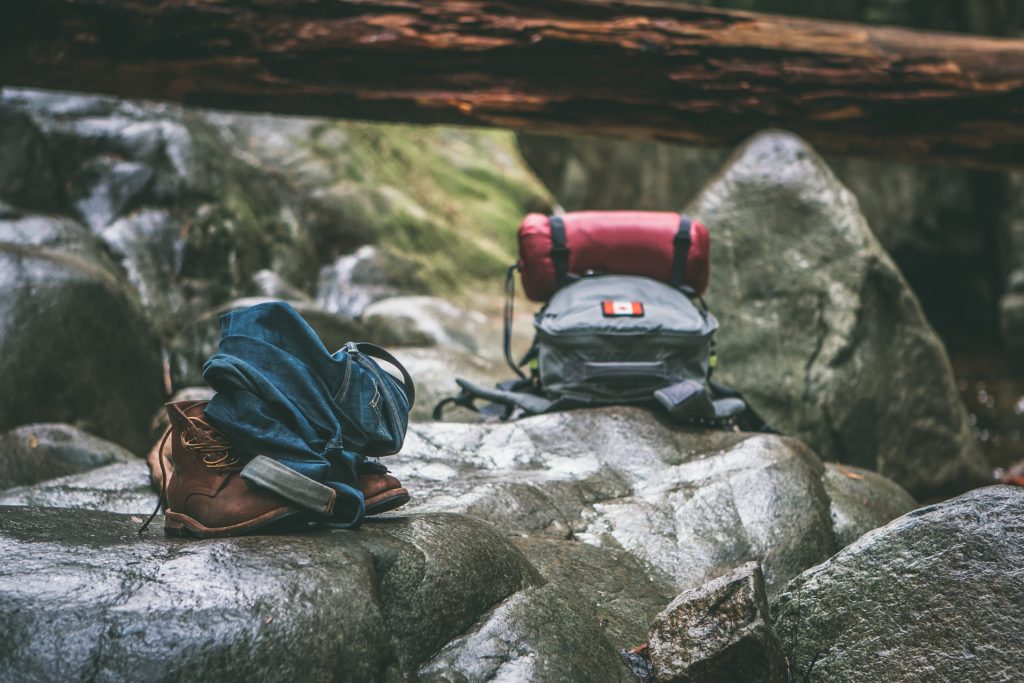
Knowing the weather when hiking in the environment in which you are evolving, often in the mid-range mountains, is essential. Indeed, a wrong interpretation of the weather leads to a risk taking which can have dramatic consequences in mountain. Seriousness is therefore required in the preparation of your hike by planning your trip and studying the terrain and the weather conditions you may encounter.
To begin with, trekking is an outdoor activity which, in addition to requiring preparation, depends greatly on the weather. If you already know how to prepare your trek (itinerary, equipment…) you must now go through the weather.
There are many sources for this. You can opt for the television and radio channels that present weather reports several times a day. However, these are very broad bulletins, especially for the big cities or to know the general trend. For your hike in the mountains this will not be sufficient.
In addition to the television channels, you can consult various websites to find out about the weather while hiking. Weather forecasts are available on demand, notably on the Météo France website, about a week or two in advance, which can help you choose the days for your hike.
The information is updated four times a day and you have access to maps, graphs, radars… in order to anticipate a passage of rain that would change the weather conditions while hiking.
Weather on a hike : The must-have
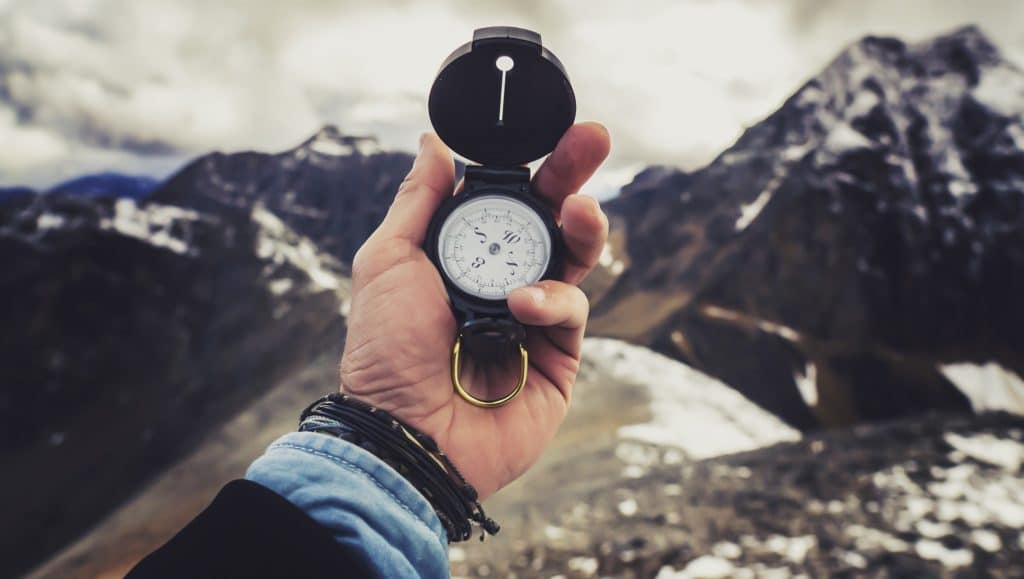
Today, we are lucky to have digital tools at our disposal that allow us to have a lot of information at our disposal. With an application or a website you will have the weather at your fingertips. You will be able to consult the weather information at any time and anywhere even during your hike if the access to the telephone network allows it.
3 top applications to know the weather when hiking

Windy
The weather while hiking can be read on the heat maps of the Windy app. The maps are constantly changing in a dynamic way. The app is quite customizable, you can enter the indicators you want to track and filter by the altitude you are hiking at.
This mountain weather application is ideal for mountaineers or paragliders who have an activity that requires specialized information. But for your trekking, a more classic section exists to clarify the information.
Meteociel, the reference for hiking weather
Météociel is a website, also available as an application offering a lot of information. This application adapts to everyone by offering different details of information. The forecasts are made for the next 7 days with a real precision. For the weather on a hike when you are in France, Italy, Switzerland as it is the case on the Tour du Mont-Blanc, the Arome model will give you all the necessary information.
Chamonix météo, to know the weather in the Alps
On a local level, for your treks in the Northern Alps, the Chamonix météo website will allow you to know the weather while hiking in the Mont-Blanc massif.
This is the reference site in terms of hiking weather in Haute-Savoie. You will find information on the forecasts in the Chamonix valley and the Mont-Blanc massif which are updated twice a day.
Important weather indicators for hiking
It’s all well and good to have the latest weather application installed while hiking or to consult professional websites, but if you don’t know what information to keep in mind it’s not useful.
Indeed, it can quickly become boring and confusing with a lot of jargon and a lot of information that doesn’t make you want to look further.
If you are a walker, the worst possible weather scenario would be to encounter a thunderstorm or extreme cold on your way, to avoid this and anticipate these two risks, you just need to look at the right information:
- les orages
- les températures
- le brouillard
- les nuages
1/ The storms
When you check the weather conditions on a dedicated app or website, thunderstorm conditions are clearly identifiable. When there is a risk of thunderstorms, you will see a pictogram announcing it. It is very visible, you can’t miss it. However, conditions change, so it is essential to check very frequently whether this pictogram appears or not.
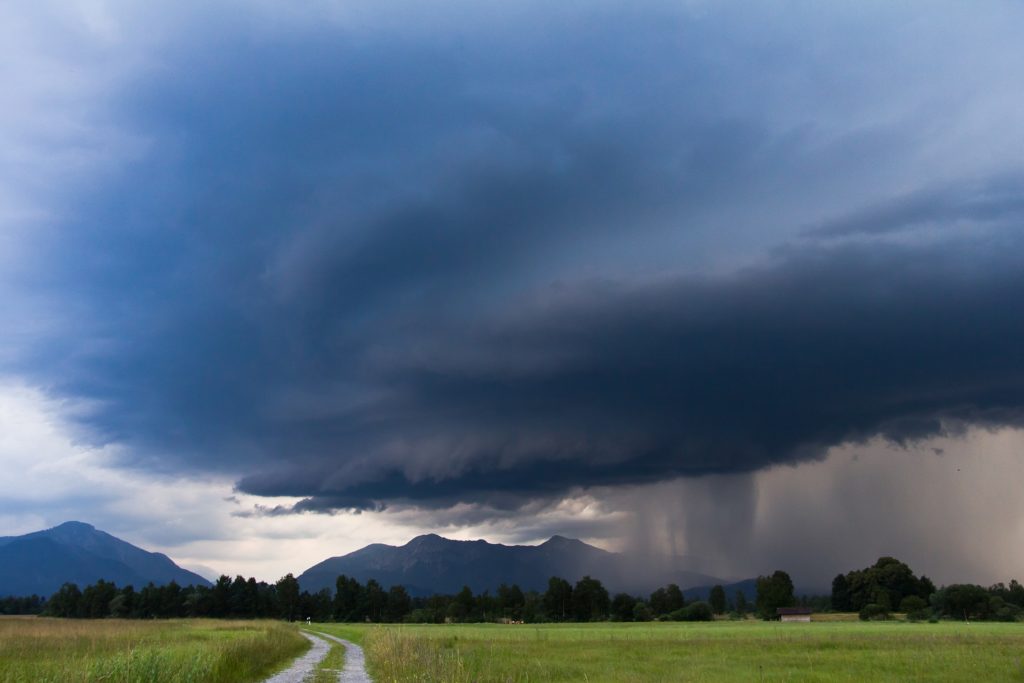
You may encounter rain or a thunderstorm while hiking. This is an unforeseen event but your equipment should be able to handle it. First of all, you need to have clothes to wear in case of rain like a good waterproof hiking jacket that will limit your feeling of cold during your walk in the precipitation.
In summer, rainfall can be short-lived. Hiking weather is different throughout your trek. The rain stops but leaves traces behind. Your trekking bag certainly kept your clothes dry so you could change and be warm after that rainy spell. Then, the rain also left a slippery ground behind it on which it will be necessary to remain vigilant especially in the descents.
2/ Protecting yourself from the cold when hiking
Good weather or summer sun does not mean that you are safe. You can encounter cold weather at any time in the mountains, even in summer. The cold is linked to two indicators: the temperature, of course, and the wind speed.
Before you leave, when you look at the weather forecast while hiking you should pay attention to the temperature because it can drop sharply in the mountains with altitude. Thus, the temperatures can be very different from those in the valley. In order not to be cold, it is better to look at the hiking weather before you leave so that you know what temperature to expect and adapt to it.
Then, even if the temperatures are correct it does not mean that you will not be cold. Indeed, the wind can blow and give you a cold feeling even when the sun is present. Moreover, the wind can make your progress very difficult and unpleasant. It can cause branches to fall or put you in difficulty when you are on a ridge. The wind speed is therefore a factor not to be neglected.
3/ Coming out of the fog
Your progress can also be disrupted by a lack of visibility. The weather on a hike is constantly changing and the mountains are unforgiving.
Thus, the formation of fog and mist can go very quickly without you necessarily realizing it, jeopardizing your trek. Indeed, the formation of fog is a risk in terms of hiking weather and can make your journey dangerous: often causing falls due to lack of visibility or the fact of going off the path without wanting to and finding yourself lost in the mountains without a landmark.
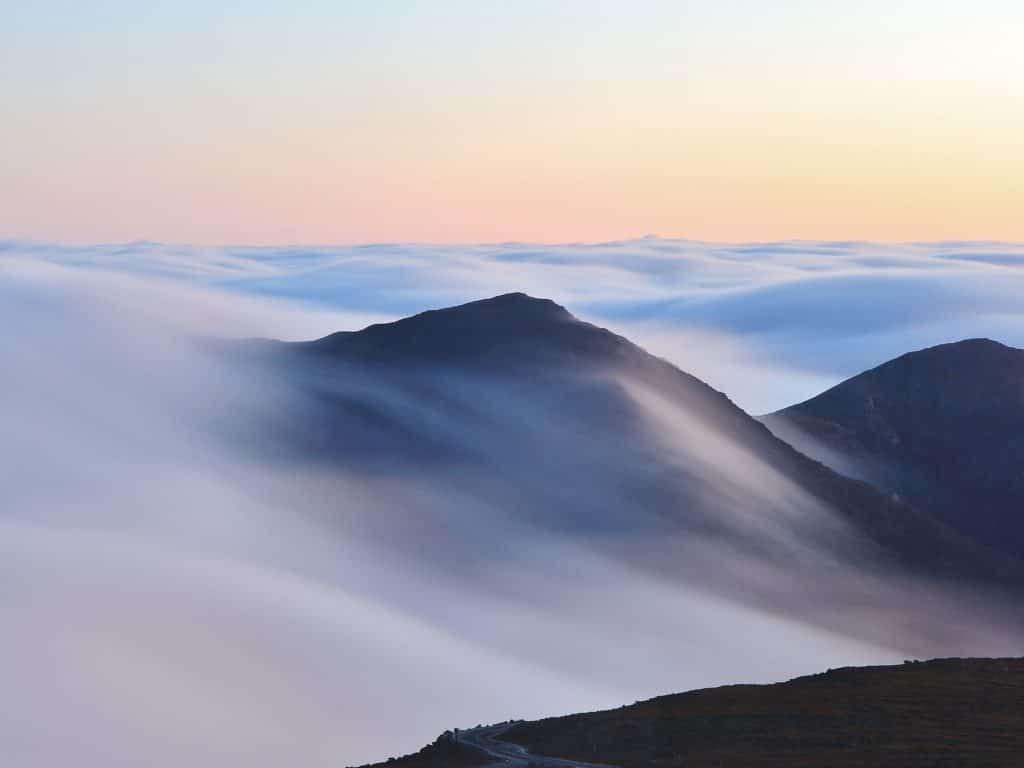
If you have some orientation skills, you can take a map and a compass with you to find your way on the trails and not to lose your way even in the fog. We give you some tips on how to find your way with a map and compass in the mountains.
4/ The clouds
Clouds as a rule are rarely a good sign. The forecast may indicate their presence before you leave. But, it is also essential to observe their development on the ground. Depending on the clouds, you can anticipate a sudden change in the weather.
For example, the formation of a cumulonimbus, a large spectacular cloud that can be dark in colour, often announces a thunderstorm. Or a mist rising from the valley can also quickly turn into a thick fog.
But…
In spite of all the precautions and care taken in your preparation, the weather on a hike is still unpredictable. The weather changes very quickly and this is even more the case in the mountains. That’s why you have to be very vigilant towards nature and know how to react to changes.
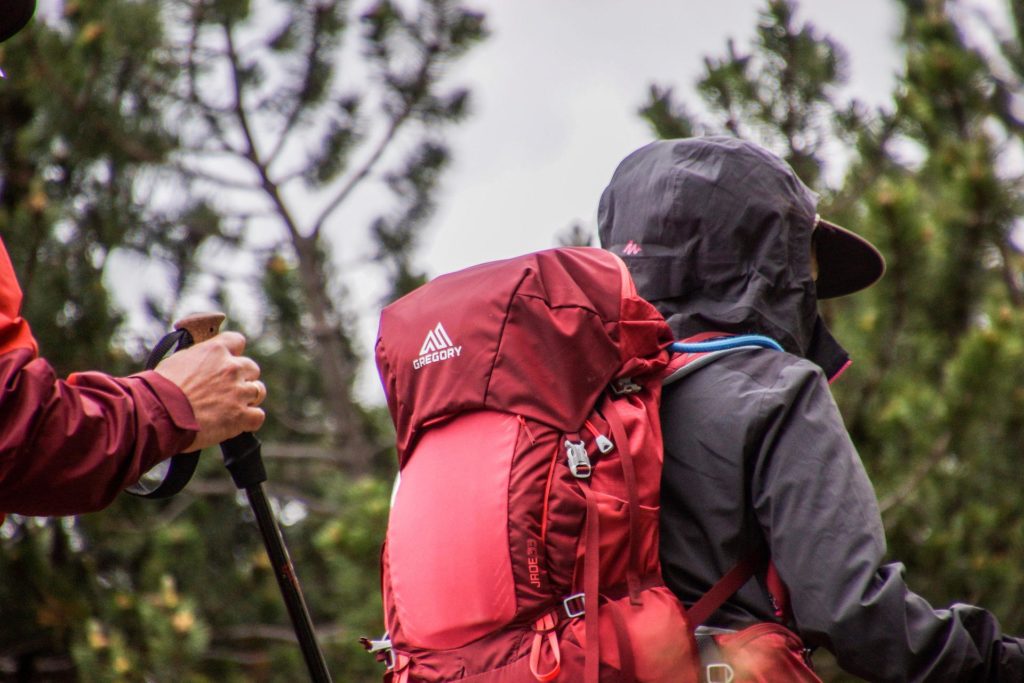
This is also true in the evening when you plan to bivouac during your trek. The weather on a trek also changes at night. Based on the same indicators you can anticipate the weather. But, the risk remains all the same, that’s why it is essential to choose the place of your bivouac beforehand. Today, some refuges offer places equipped for bivouac not far from the house in case of problem. And, the choice of a good tent can save you some surprises.
Of course, you will have understood that there is no such thing as zero risk, especially with regard to the weather when hiking in the mountains. But, now you have all the keys to limit the risks and prepare yourself as well as possible to hike in peace.
However, if you are still worried about the possible risks and instability of the weather while hiking. The best solution is to be accompanied by a mountain professional. Do not hesitate to contact our Trekking Mont-Blanc guides who will do everything to ensure your safety.

